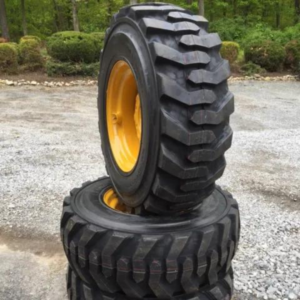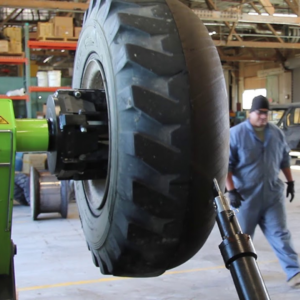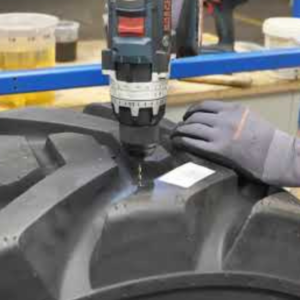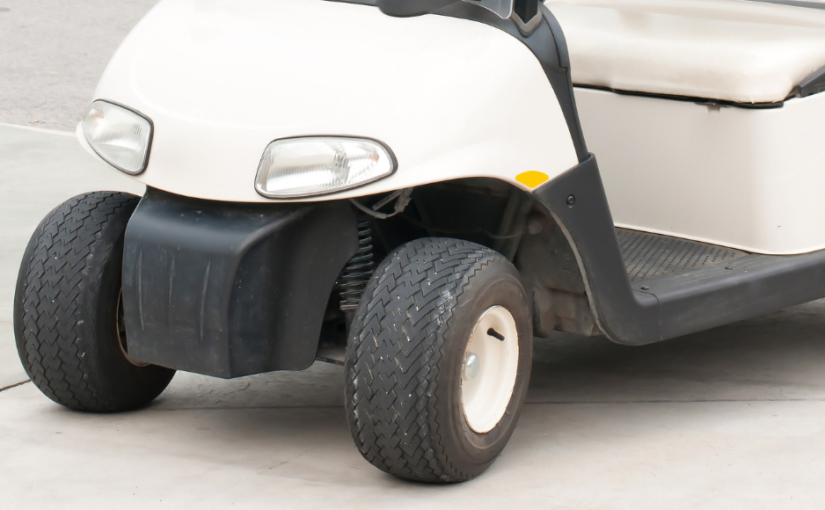Foam-filled tires are a revolutionary technology that provides a number of advantages over traditional pneumatic tires. The foam-filled tire also enhances ride comfort by absorbing shocks and vibrations, resulting in a smoother driving experience. With the foam filled tires kit, drivers can enjoy peace of mind, knowing their tires are ready to tackle any obstacles while delivering exceptional performance and longevity. But there are some potential drawbacks to consider before investing in foam-filled tires. In this article, we’ll look at the pros and cons of foam-filled tires so you can determine if they are the right choice for your vehicle.
Pros
 The primary benefit of foam-filled tires is extended tire life due to their improved durability. Foam-filled tires don’t suffer from air loss, punctures, or blowouts like traditional pneumatic tires. This also means that they don’t need to be inflated or replaced as often, which can save you money on maintenance and repair costs.
The primary benefit of foam-filled tires is extended tire life due to their improved durability. Foam-filled tires don’t suffer from air loss, punctures, or blowouts like traditional pneumatic tires. This also means that they don’t need to be inflated or replaced as often, which can save you money on maintenance and repair costs.
Foam-filled tires also provide improved ride comfort and stability as they absorb road vibration more effectively than traditional pneumatic tires. This makes them ideal for off-road vehicles, which can encounter rough terrain that would normally cause uncomfortable bouncing and jarring. The foam filling also offers enhanced traction in wet or slick conditions, reducing the risk of slipping or sliding.
Foam-filled tires also provide improved ride comfort due to their softer composition. The foam core helps absorb bumps in the road and reduce vibrations, giving you a smoother ride overall.
Cons
 The primary disadvantage of foam-filled tires is their weight. The added foam filling makes them heavier than traditional pneumatic tires, which can reduce fuel efficiency and reduce the vehicle’s overall performance. This makes them less ideal for vehicles that need to handle long distances or high speeds.
The primary disadvantage of foam-filled tires is their weight. The added foam filling makes them heavier than traditional pneumatic tires, which can reduce fuel efficiency and reduce the vehicle’s overall performance. This makes them less ideal for vehicles that need to handle long distances or high speeds.
One potential downside of foam-filled tires is their cost. Foam-filled tires are much more expensive than traditional pneumatic tires, and the long-term savings from extended tire life may not be enough to offset the higher initial purchase price. Additionally, replacing foam-filled tires can be difficult since they are not as widely available as traditional tires.
 Another potential issue is that foam-filled tires can be more susceptible to damage due to their softer composition. The foam core can be damaged by sharp objects, which could lead to a puncture or blowout. Additionally, the foam core can compress over time, leading to decreased performance and increased wear.
Another potential issue is that foam-filled tires can be more susceptible to damage due to their softer composition. The foam core can be damaged by sharp objects, which could lead to a puncture or blowout. Additionally, the foam core can compress over time, leading to decreased performance and increased wear.
Conclusion
Foam-filled tires offer a number of advantages over traditional pneumatic tires, including extended tire life, improved stability and grip, and superior ride comfort. However, these benefits come at a higher cost and foam-filled tires can be more susceptible to damage due to their softer composition. It’s important to weigh the pros and cons before investing in foam-filled tires for your vehicle.
